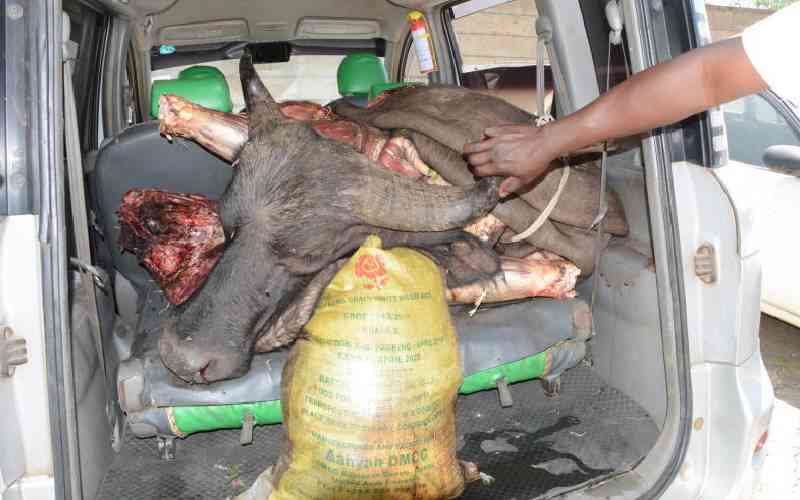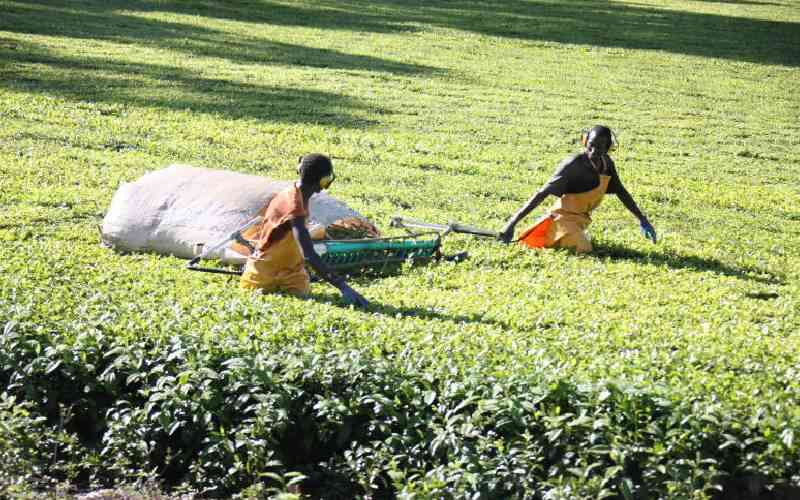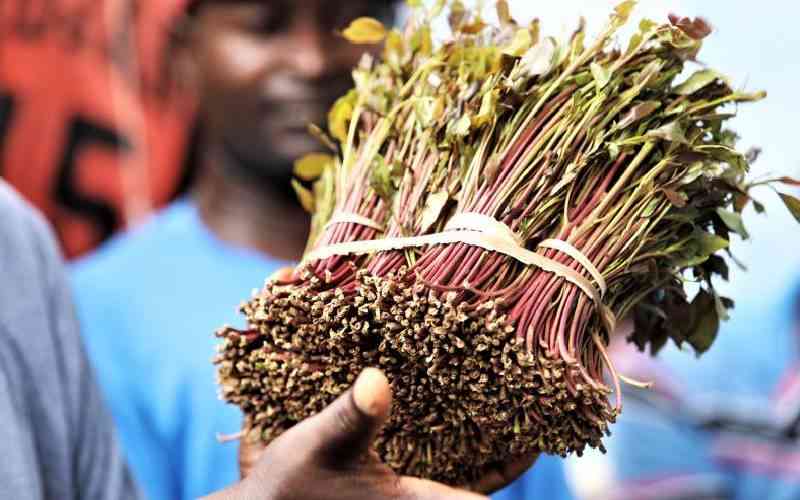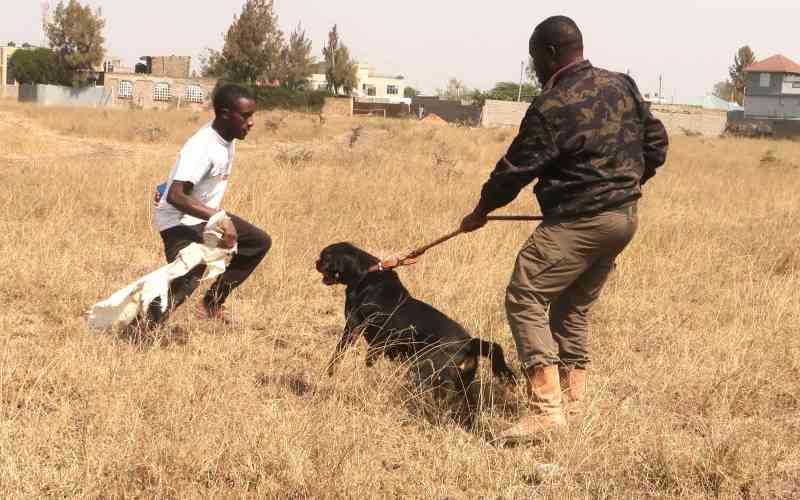
Kenya Wildlife Service seize buffalo meat that was being transported at Marula on Nairobi-Nakuru highway. [File, Standard]
The Wildlife Research and Training Institute (WRTI) has identified the bush meat trade as one of the biggest threats currently facing wildlife conservation in the country.
To address the problem, the institute will partner with other State agencies, including the Kenya Wildlife Service (KWS), to research the illegal trade, its drivers, and possible solutions.
The move comes days after KWS revealed that cases of human–wildlife conflict were rising, with more than 10,000 incidents recorded last year. The worst-affected areas include Tsavo, the Mara, Kajiado, and Laikipia counties, where bush meat hunting is also prevalent due to the abundance of wild animals.
WRTI Director Patrick Omond explained that both WRTI and KWS had prioritised the issue as hundreds of animals are being killed each year specifically for their meat.
He cited Kenya’s growing human population and competing land uses as key factors behind the trend, stressing the need for research and data to develop long-term solutions.
Speaking in Naivasha, Dr Omondi added that other challenges facing conservation included climate change and land-use changes. He emphasised that research could help identify and protect priority areas for wildlife.
He also pointed to rising water levels in Rift Valley lakes, combined with pollution, as growing threats to conservation.
“Climate change is a major factor. Rising lake levels have destroyed infrastructure in the Great Rift Valley and displaced wildlife,” he said.
Dr Omondi described the trend as abnormal, with water levels increasing even during dry seasons.
“In the past, this phenomenon occurred roughly every 30 years. Now it is continuous, and we need experts to determine what is driving it so we can plan future development more effectively.”







